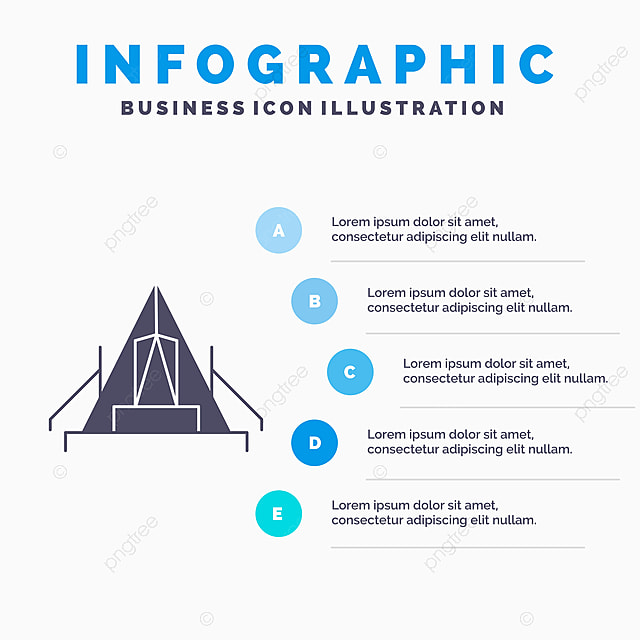Using Effective Online Camping Tents Empire Marketing To Sell Camping Tents
Using Effective Online Camping Tents Empire Marketing To Sell Camping Tents
Blog Article
The History of Bell Tents
From the nomadic tribes of Central Asia to glamping sites around the globe, bell camping tents have ended up being a sign of rustic adventure. Their iconic silhouette and sizable insides produce an atmosphere that is both comfortable and stunning.
How do you keep a tent down in the wind?
Their beginnings can be mapped to armed forces tents designed by Henry Hopkins Sibley, that patented the conelike canvas sanctuary in 1856. The style was based on the Indigenous American teepee and was created to be quickly put together, durable and mobile.
Beginnings
The bell camping tent has been a staple for exterior fanatics considering that the 19th century. The design is rooted in military outdoors tents that saw solution in the Crimean War, and later on came to be prominent with scout teams throughout America. The American Sibley tent was a variant of the European bell outdoor tents. Its innovator, Henry Hopkins Sibley, took inspiration from the Indigenous American tepee when developing his version. His model included a single facility pole, elevated bigger walls and an airing vent cap that permitted smoke from the range to escape.
Today, modern-day canvas bell camping tents offer a feeling of high-end for camping lovers and are a preferred option for glamping retreats. With a sizable interior and an attractive form, these camping tents can be adorned with furnishings and design to create a comfortable and intimate setting for passengers. The circular design also aids with wind resistance and enables versatile interior formats. The easier style with fewer posts and risks makes it simpler to set up camp and transportation to various areas.
Armed forces Use
The Bell Tent was a home-away-from-home for several soldiers in the 18th century. It was utilized on the battleground as well as for command centres and field hospitals.
Its capacity to be swiftly tent wood stove set up in a selection of objective scenarios permitted it to work as an efficient sanctuary and office. Its modular style means it can broaden or contract to fit the demands of various sized teams and goals.
Furthermore, it can be easily transported making use of a range of vehicles and hand-operated transport, making it a practical option for armed forces and rescue procedures. Its light-weight, compact nature additionally makes it simpler for soldiers or rescuers to carry and trek across complex surface to reach their mission site. This conserves important time and sources.
Glamping
With the increase of glamping, bell tents came to be prominent as an elegant outdoor camping option. Their iconic shape creates an enchanting atmosphere and can be fitted with stylish home furnishings to add an additional touch of convenience to your camping experience.
In the 19th century, the army adapted the design to make it a lot more resilient and practical for usage on battle zone and explorations. Animal hides were changed by canvas that had been treated with waterproofing representatives, allowing the bell outdoor tents to endure rough weather conditions.
The bell outdoor tents's practicality captured the attention of entertainment campers, and it rapidly gained appeal as a tent for camping journeys and various other outdoor events. It is currently a staple at boutique outdoor camping sites, music events, and eco-resorts, where it offers a mix of nostalgia and class.
Layout
The bell camping tent's straightforward design stood out of entertainment campers, and it soon came to be a staple among those who intended to experience the outdoors in style. Today, you can discover these functional structures in camping sites and at glamping retreats across the globe.
The initial patented version of the bell outdoor tents was developed by Henry Hopkins Sibley during the American Civil Battle, attracting inspiration from Indigenous American tipis. He included a single main post, short side walls, and an aired vent "cap" for smoke from a stove to produce his cutting-edge tent.
In time, Sibley's layout boosted with the addition of breathable canvas and other products that allowed the tent to control its temperature level. Modern bell tents are made from a range of products, consisting of cotton and blends with flame resistant material to lower fire hazards. Their roomy insides are excellent for arranging furniture to produce comfy resting areas and lounge areas. They are additionally light-weight and easy to put together, making them an excellent selection for beginners or anybody trying to find a trouble-free outdoor camping experience.
Do canvas tents need waterproofing?
